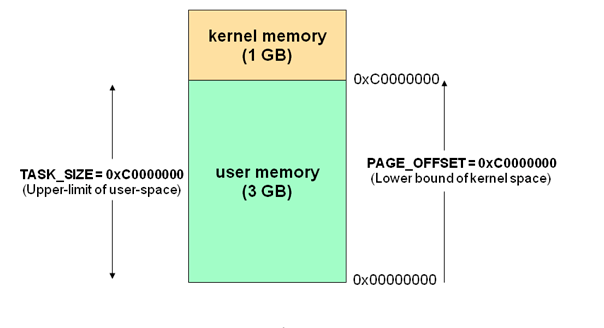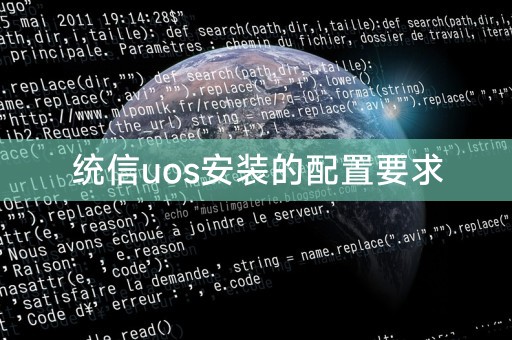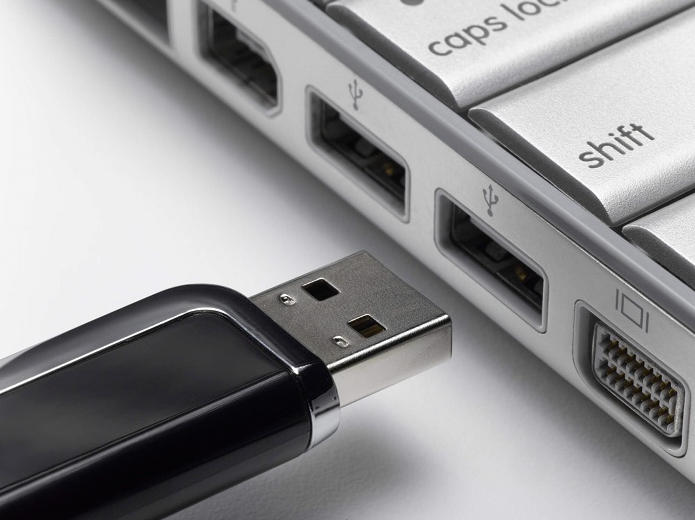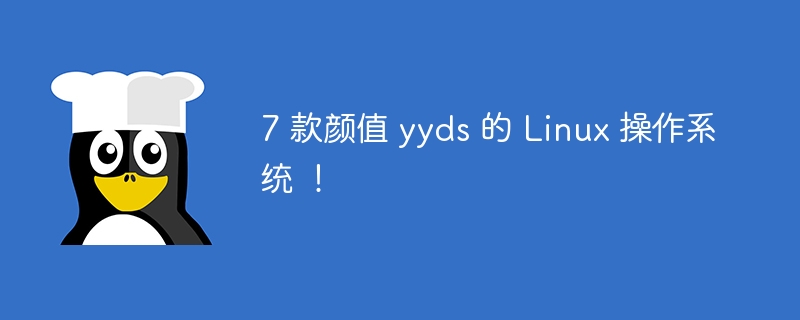This article provides you with several tips to improve the speed of Linux RPM installation, eight key points, an independent and practical Linux training institution, to help you handle RPM software packages freely and become an operating system master.
1. Use the `yum` command to install the RPM package
First of all, let’s take a look at yum, a very practical software management tool in the Linux operating system. With the easy-to-use `yum' command, users can easily complete the installation, update and uninstallation of RPM software packages. For example, linux rpm installation command, you only need to enter the following command to successfully install the RPM software package "package.rpm"!
```
yum install package.rpm
2. Specify the installation directory
Sometimes you may need to store RPM packages in a specified path. For this requirementlinux rpm installation command, using the 'yum'-function, you can select the installation location by adding command options. For example, this command can place the RPM software package in the '/opt/software/' directory:
Please run "yum install package.rpm --installroot=/opt/software" in the terminal to obtain and install the corresponding software package~
3. Manually resolve dependencies
During your installation using RPM packages, you may occasionally encounter unknown dependency issues. In order to successfully complete the installation, you only need to manually resolve these related dependencies. The following are detailed and brief steps:

rpm -qpR package.rpm
4. Forced installation of RPM package
If you want to perform forced installation of the RPM software package on a system where the same file already exists to see what system Linux is, you might as well try the following clear command.
rpm -ivh --force package.rpm
5. Uninstall the RPM package
When we no longer need a software package, we can use the following command to uninstall it:
yum remove package_name
6. List installed RPM packages

If you want to query all RPM packages installed in the current system, you might as well try this method.
rpm -qa
7. Query RPM package information
If you want to obtain specific information about a specific RPM package, please refer to the following instructions.

rpm -qi package_name
8. Update the installed RPM package
To ensure that the system software is always up to date, please update the installed RPM packages regularly. Achieving this operation is actually very simple, just follow the instructions below.
yum update package_name
By using the following tips, you can more easily master the Linux RPM installation commands and quickly complete the installation and update of the software. I wish you to explore the Linux world and control it happily!
The above is the detailed content of The secret to improving Linux RPM package installation speed. For more information, please follow other related articles on the PHP Chinese website!
 7款颜值当道的 Linux 操作系统 !Feb 09, 2024 pm 01:30 PM
7款颜值当道的 Linux 操作系统 !Feb 09, 2024 pm 01:30 PMLinux的发行版有很多,这里罗列7个漂亮的Linux发行版,可以说是Linux操作系统界的颜值担当了。elementaryOS网站:https://elementaryos.cnelementaryOS操作系统是最漂亮的Linux发行版之一。它基于macOS外观,同时为Linux用户提供了出色的用户体验。如果用户已经习惯使用macOS,则使用elementaryOS不会有任何问题。另外,elementaryOS操作系统基于Ubuntu,因此用户也可以轻松找到大量应用程序来完成任务。elemen
 什么是Linux内核空间与用户空间?Feb 05, 2024 pm 12:57 PM
什么是Linux内核空间与用户空间?Feb 05, 2024 pm 12:57 PM内核空间和用户空间对于32位操作系统而言,它的寻址空间(也称为虚拟地址空间或线性地址空间)大小为4G(即2的32次方)。这意味着一个进程可以拥有最大4G的地址空间。操作系统的核心是内核(kernel),它是与普通应用程序分离的,有权限访问受保护的内存空间和底层硬件设备。为了保证内核的安全,现代操作系统通常限制用户进程直接操作内核。通常,这通过将虚拟地址空间划分为两个部分来实现,即内核空间和用户空间。就Linux操作系统而言,最高的1G字节(从虚拟地址0xC0000000到0xFFFFFFFF)被
 linux系统下svn安装有几种方式Jun 14, 2023 am 10:50 AM
linux系统下svn安装有几种方式Jun 14, 2023 am 10:50 AMlinux系统下svn安装方式常见有3种:1、使用操作系统预编译的软件包工具,如在“Ubuntu/Debian”上使用“sudo apt-get update”“sudo apt-get install subversion”进行安装;2、从源代码编译安装,官网下载源代码然后在Linux终端执行命令进行编译和安装;3、使用第三方包管理器如“Yum”进行安装,注意依赖项问题即可。
 统信uos安装的配置要求Feb 09, 2024 pm 07:03 PM
统信uos安装的配置要求Feb 09, 2024 pm 07:03 PM在这里为大家介绍一下统信uos安装的配置要求,统信uos是一款基于Linux内核的国产操作系统,具有稳定、安全、易用等特点,因此在国内得到了广泛的应用,为了确保统信uos的顺利安装和运行,我们需要了解它的配置要求。硬件配置统信uos的安装对硬件有一定的要求,具体如下:处理器:x86或x86_64架构的处理器,建议使用主频在1GHz以上的处理器。内存:至少2GB内存,建议使用4GB或以上内存。硬盘:至少20GB可用空间的硬盘,建议使用SSD固态硬盘以提高系统运行速度。显卡:支持DirectX9.0
 Linux怎么识别到我插入的设备USB设备是什么设备的呢?Feb 09, 2024 pm 02:15 PM
Linux怎么识别到我插入的设备USB设备是什么设备的呢?Feb 09, 2024 pm 02:15 PM一、前言在学习Linux操作系统时,你是否曾经有过这样的疑问:为什么我们的电脑能够识别并使用不同的USB设备呢?为什么Linux系统不会把鼠标当成键盘来使用呢?让我们一起来探讨一下USB设备在Linux系统中的识别和加载过程。二、USB设备的识别和加载当我们将一个USB设备插入电脑时,Linux内核会自动检测并加载相应的驱动程序,使设备能够正常工作。接下来,我们将深入探讨USB设备在Linux系统中的识别和加载过程。2.1USB控制器检测设备插入USB控制器是一个硬件设备,用于控制USB总线上的
 如何在文件管理器中隐藏文件和文件夹Jan 12, 2024 am 08:51 AM
如何在文件管理器中隐藏文件和文件夹Jan 12, 2024 am 08:51 AM如果一个系统被多个用户使用,你或许出于个人原因想在文件管理器中隐藏一些文件或文件夹不让其他人看到(绝大多数用户不会对Linux系统进行深入了解,所以他们只会看到文件管理器列出的文件和文件夹),我们有三种方法可以来做这件事。此外,(除了隐藏)你还可以使用密码保护文件或文件夹。在这个教程中,我们将讨论如何用非重命名的方法在文件管理器中隐藏文件和文件夹。我们都知道,通过以点(“.”)前缀重命名一个文件或文件夹的方式,可以在Linux中将该文件或文件夹隐藏。但这不是隐藏文件或文件夹的正确/高效方式。一些
 linux操作系统包有哪些Jun 14, 2023 am 10:41 AM
linux操作系统包有哪些Jun 14, 2023 am 10:41 AMlinux常用操作系统包有:1、Debian,稳定、通用、开放源代码的操作系统,全球使用最广泛的 Linux 发行版之一;2、Ubuntu,基于Debian的开放源代码操作系统,在桌面和笔记本电脑领域得到了广泛的应用;3、CentOS,基于Red Hat Enterprise Linux源码重新编译而来的社区发布版本,在企业服务器主机环境中非常流行等等。


Hot AI Tools

Undresser.AI Undress
AI-powered app for creating realistic nude photos

AI Clothes Remover
Online AI tool for removing clothes from photos.

Undress AI Tool
Undress images for free

Clothoff.io
AI clothes remover

AI Hentai Generator
Generate AI Hentai for free.

Hot Article

Hot Tools

PhpStorm Mac version
The latest (2018.2.1) professional PHP integrated development tool

Dreamweaver Mac version
Visual web development tools

Notepad++7.3.1
Easy-to-use and free code editor

MinGW - Minimalist GNU for Windows
This project is in the process of being migrated to osdn.net/projects/mingw, you can continue to follow us there. MinGW: A native Windows port of the GNU Compiler Collection (GCC), freely distributable import libraries and header files for building native Windows applications; includes extensions to the MSVC runtime to support C99 functionality. All MinGW software can run on 64-bit Windows platforms.

SublimeText3 Mac version
God-level code editing software (SublimeText3)







